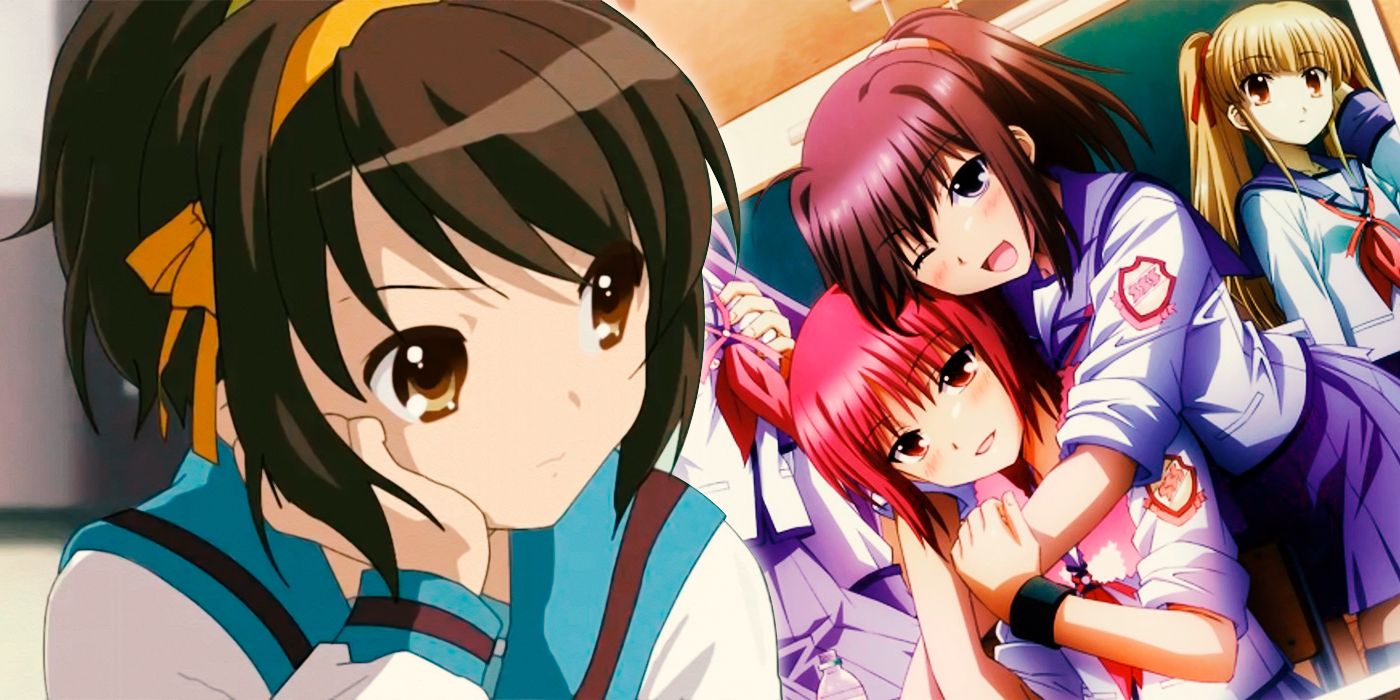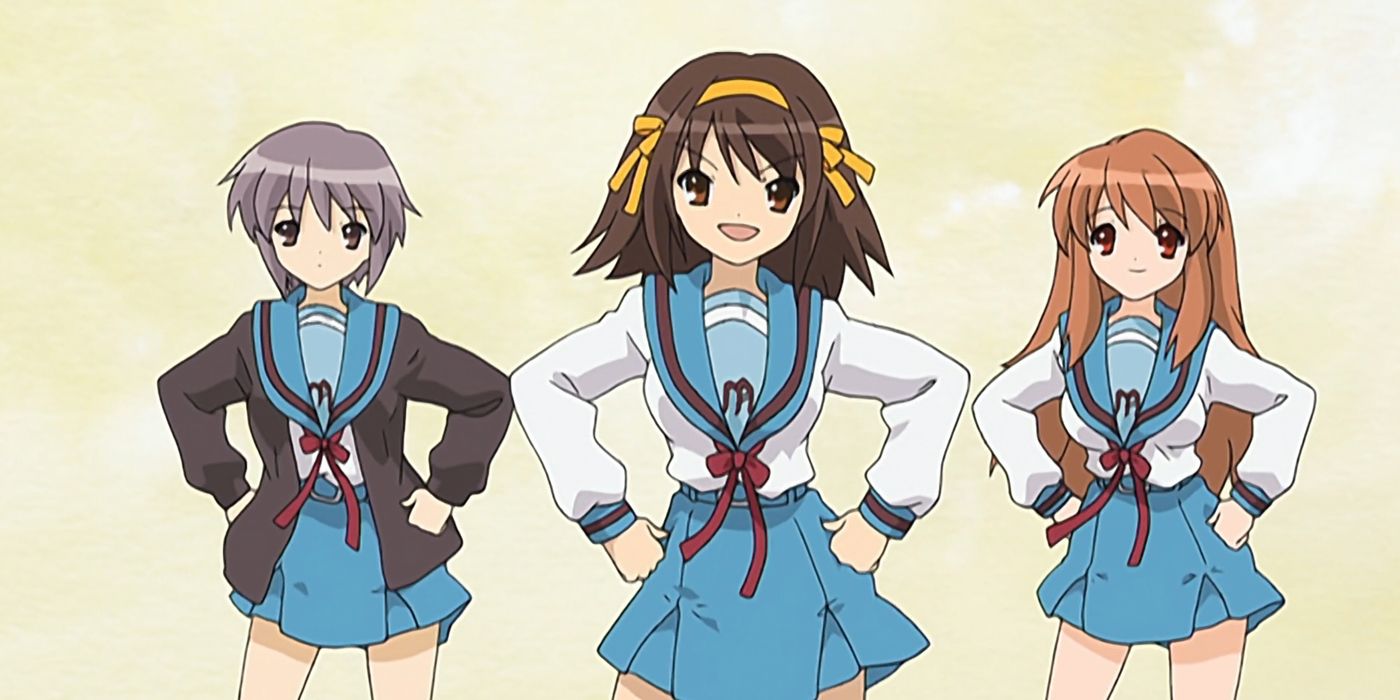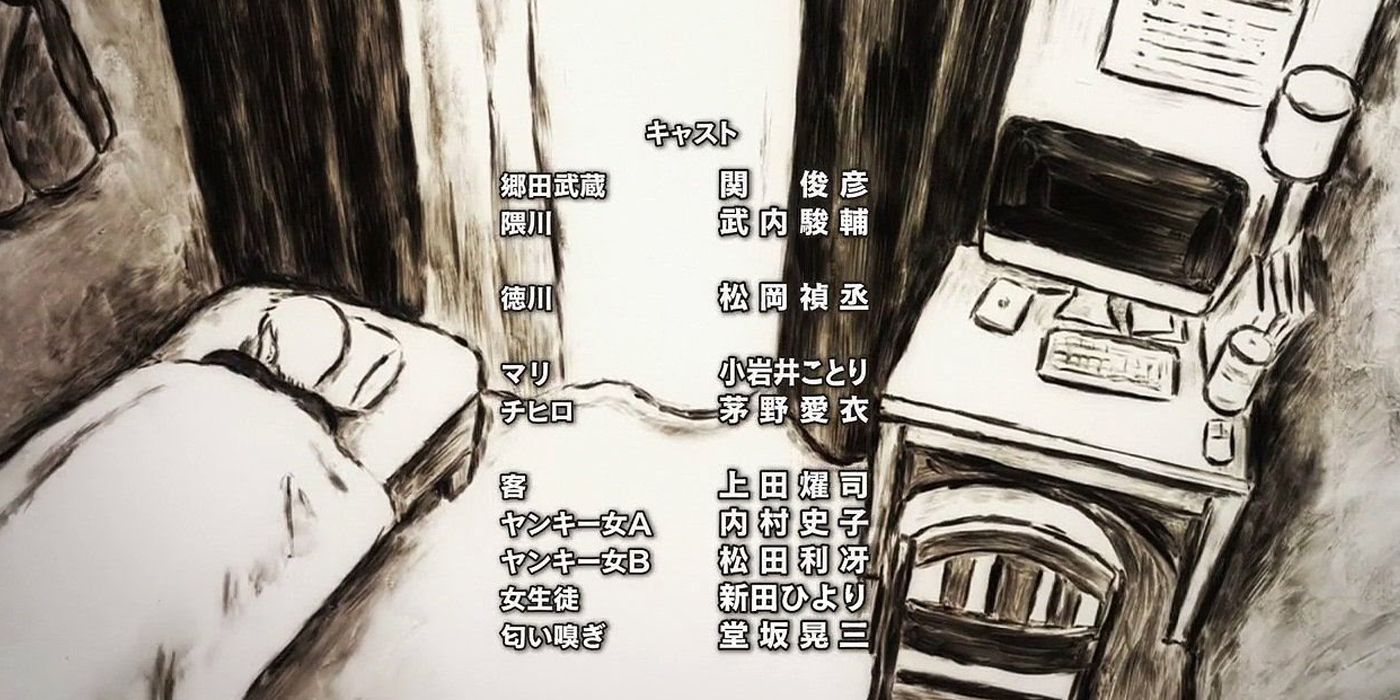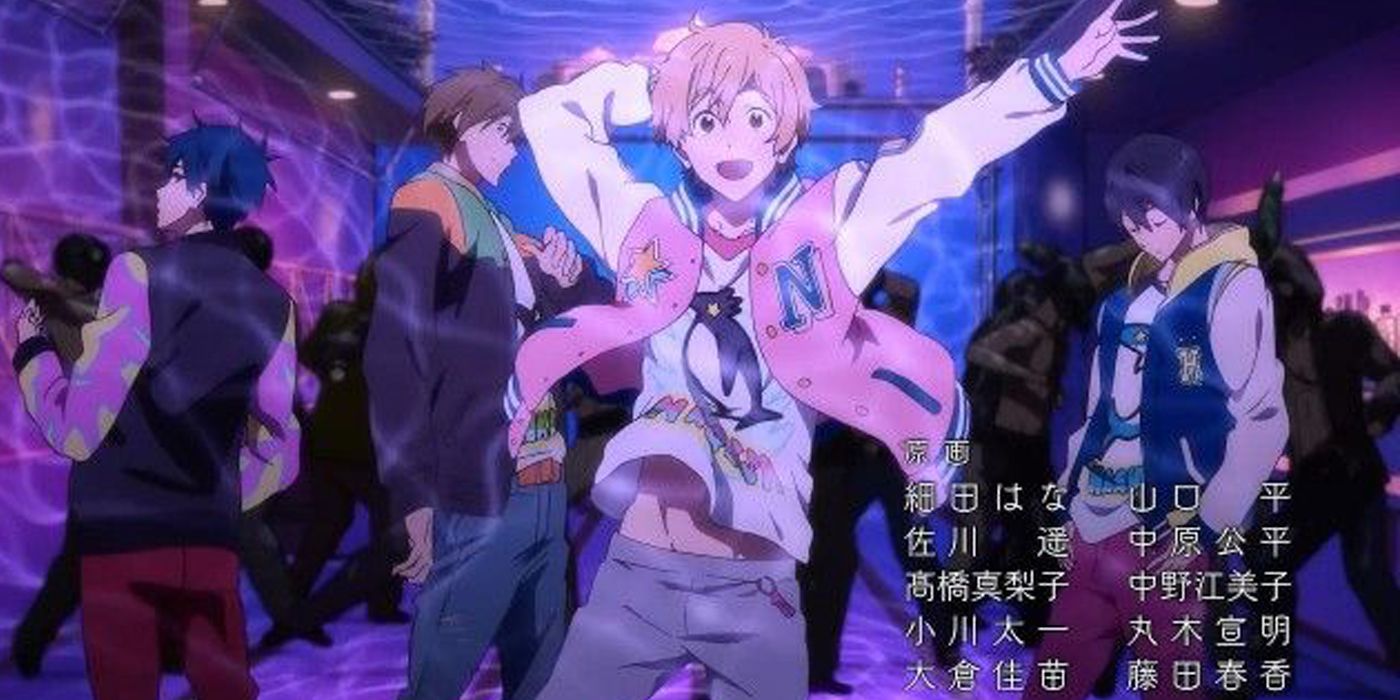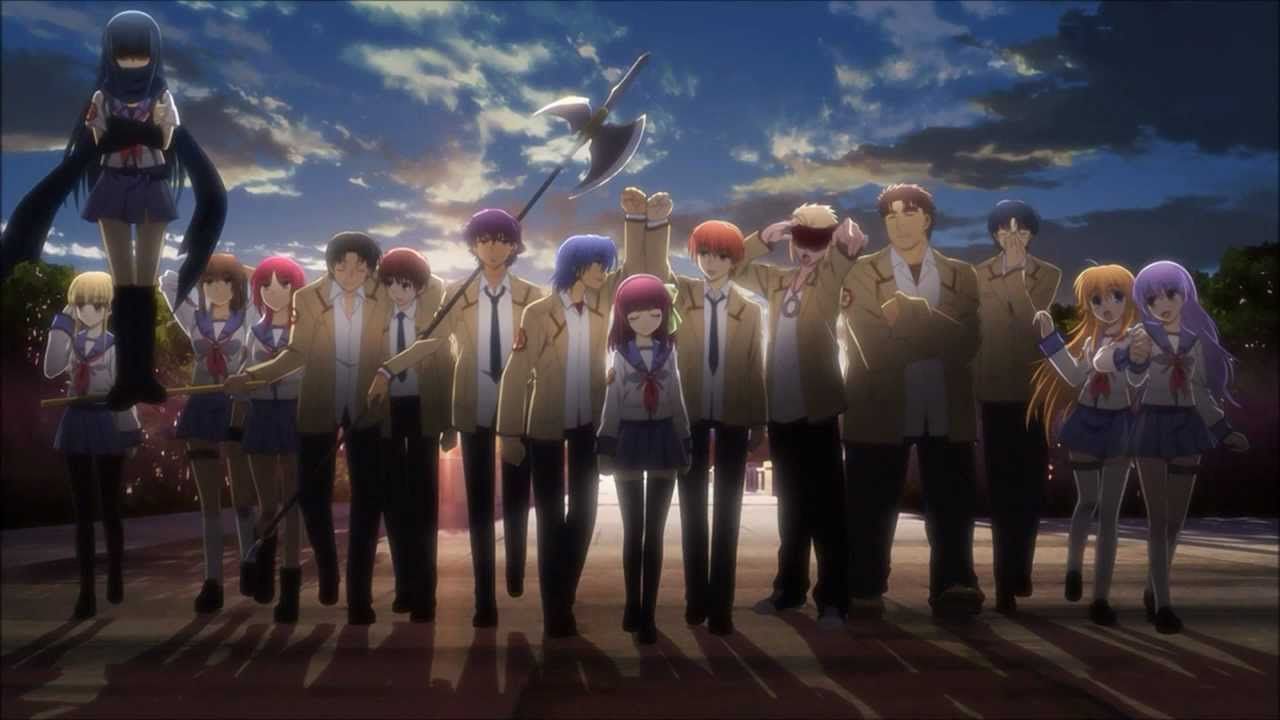End credits in western media often feel like an afterthought. They're usually either a plain, black backdrop or a single image, often with an accompanying instrumental piece. This is probably why in more recent years, the credits sequences are frequently skipped over in favor of running more ads or having the credits overlayed during the show's last few seconds.
Ending themes for anime are a lot more entertaining by comparison. Part of this may stem from the notion that it is considered disrespectful to not stick around for the end credits in Japan's movie theaters. When a film ends, the lights stay off and moviegoers remain dutifully seated until the credits finish rolling in their entirety. This concept has been around Japan since long before Marvel films popularized the idea of post-credits scenes in the 2000s. Here are some examples of how the anime industry has turned ending credits into something worth sticking around for.
Anime's End Credit Sequences Add More to The Story
Hayao Miyazaki once commented that it was because of the long-standing tradition of not leaving the theater until the credits were finished that he wanted to create some that were entertaining for the audience. This started with My Neighbor Totoro, which featured illustrations of what Mai, Satsuki and their friends have been up to after the events of the film. Since then, it has become a staple of sorts for a number of Ghibli films to include illustrations that act as a sort of epilogue to the main story, from classics like Kiki's Delivery Service to more recent entries like Earwig and the Witch.
Many anime series have adapted this format as well, usually for the final episodes or season finales. Others have used the ending theme as a tool to show story progression in other ways. Handa-kun's end credits added more students walking behind the eponymous Handa as more of the cast was introduced. Danganronpa: The Animation's end credits added more students to a class photo as more of them were killed off. Angel Beats! was an interesting case, as it had characters periodically join and leave the main cast, with the image in the ending theme updating itself accordingly.
End Credit Sequences Are A Tool for Experimental Animation
Opening themes are often strictly used to act as an introduction to the story. They're meant to show the viewer who the characters are, what they do, and what kind of show to expect. As such, they tend to use the same style that's present in the show itself, although there are a few exceptions to the rule. Ending themes, however, leave the animators more room for creativity to use unique animation styles and techniques.
Miya Sato used a technique called paint on glass to animate the ending theme for Mob Psycho 100. It took Sato about one month to finish animating the entire sequence, and it should be noted that aside from some instances of rotoscoping, the ending was mostly animated by hand. While this technique is occasionally used in the series proper (also animated by Sato), for the most par, the anime sticks to more traditional 2D animation.
Jujutsu Kaisen's first ending theme uses a looser, simpler coloring style than what's used in the show proper. The ending theme was directed by Masatsugu Nagasoe, who is more known for his work directing music videos and commercials, and the influence of his previous works really shows. The ending theme features characters shopping and going about their day, dressed in smart street fashion rather than their usual school uniforms. It evokes the feeling of both a fun, catchy music video and a commercial advertising a day out in virtually any popular city in Japan.
Kyoto Animation's Creative Spins on End Credit Sequences
Kyoto Animation, ever the ambitious studio, is known for crafting ending sequences that look like professionally-shot music videos, particularly the end credits for K-ON! and Free!. Lucky Star in particular went down an especially creative route. In the first cour, each episode ended with the girls singing a song from different anime in a karaoke room. Most of the ending theme is just a shot of the door to the karaoke room, but the girls' energetic banter makes it easy to visualize what's going on inside. The second cour featured real-life footage of Shiraishi's Japanese actor traveling to different locations and singing different songs, including the anime's now-iconic opening theme.
But possibly the most iconic ending KyoAni has ever produced would have to be "Hare Hare Yukai", the first ending theme of The Melancholy of Haruhi Suzumiya. The song itself is a catchy, energetic tune, but what really endeared it to fans was the fun little dance number that the members of the SOS Brigade participate in. Years later, the ending theme and its accompanying dance are still referenced in other anime. Kyoto Animation never disappoints when it comes to ending themes as it blend its beautifully crafted signature animation styles with some really catchy music.
What It Means to Have a Good Closing Theme Song
For both the opening and ending themes, anime production companies will often sign on established bands to perform the songs. Sometimes they'll get nationally popular artists like Bump of Chicken or Radwimps, while other times they'll bring in lesser-known talent hoping to get some exposure through the anime. Or they'll simply ask the voice actors from the show to provide the vocals themselves, which is the route that studios like Kyoto Animation and A-1 Pictures usually end up going.
Ultimately, having a catchy song can further market the series itself. This was also a common practice in the West for opening themes like Friends and Dawson's Creek, with the songs attached to those shows gaining a good deal of popularity. While it's mostly died out in modern times, it still holds true for many children's shows, especially live-action titles. This was rarely ever the case for ending themes, however. Even in the past, ending credits were usually just boring instrumentals. The few that did have vocals in them were much too short to properly market as a separate product.
Ending themes in anime, however, are more than just a space to insert the staff credits. They're music videos, studies in different animation techniques, and possibly even a doorway to great new singers and bands.

